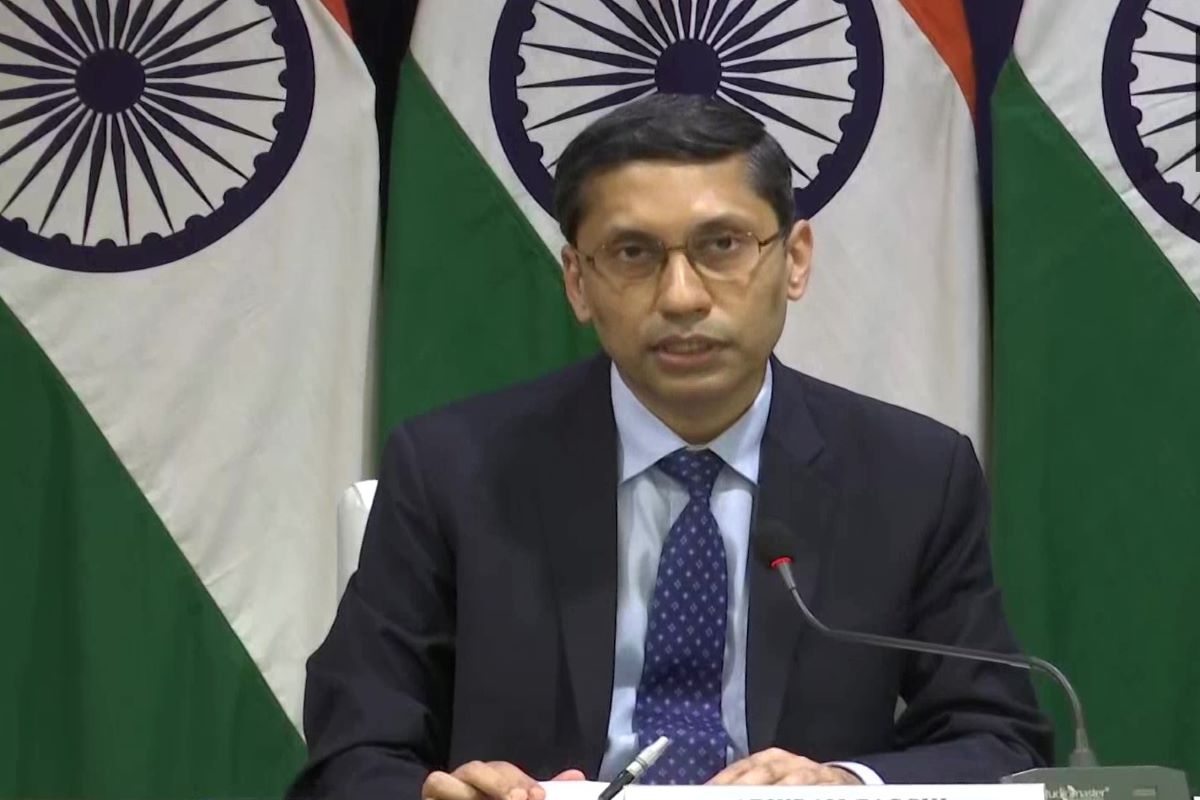India today rejected the China-Pakistan joint statement issued at the end of Pakistan Prime Minister Shehbaz Sharif’s visit to Beijing and the ”unwarranted references” made in it about Jammu and Kashmir and the China-Pakistan Economic Corridor (CPEC).
”We have consistently rejected such statements in the past. The union territory of Jammu and Kashmir and the union territory of Ladakh are and will always be integral and inalienable parts of India. No other country has a locus standi,” Ministry of External Affairs (MEA) spokesperson Arindam Bagchi said at a media briefing.
Advertisement
On the two nations inviting third countries to invest in CPEC, the spokesperson said India has consistently conveyed its protests and concerns to China and Pakistan over the CPEC, which included projects in the sovereign territory of India that were under forcible and illegal external occupation. ”Any third party involvement in the so-called CPEC is illegal, illegitimate and unacceptable,” the spokesperson added.
According to the joint statement, the Pakistani side briefed the Chinese side on the situation in Jammu & Kashmir. The Chinese side reiterated that the Kashmir issue was a dispute left from history that should be properly and peacefully resolved based on the UN Charter, relevant UN Security Council resolutions and bilateral agreements.
On the CPEC, the joint statement said both sides welcomed interested third parties to benefit from investment opportunities in the priority areas of CPEC cooperation such as industry, agriculture, IT, science and technology, and oil and gas.
